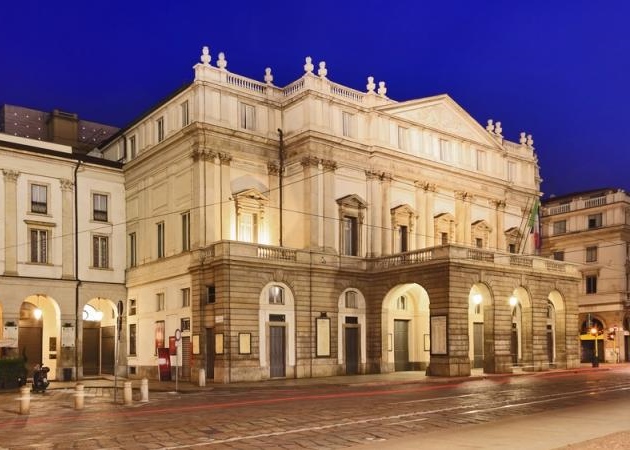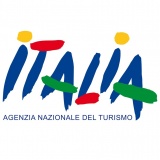
Milan, the second biggest city in Italy, is considered by many to be “Europe’s door to the Mediterranean,” and internationally it is one of the best-known metropolises. Famous for style, fashion, culture and finance, every year the city attracts countless visitors interested in its runways and design showrooms.
But Milan also has another important and long-standing tradition: the theatre. For centuries, some of its theatres and opera houses have been the performance sites of some of the best opera singers, composers and musicians, dancers, and playwrights and actors, both traditional and avant-garde.
In contrast to their importance, the number of theatres in Milan is sparse, with most of them sitting in and around the Brera neighborhood –district of culture and nightlife par excellence – and putting on more than 300 performances annually, ranging from traditional and contemporary theatre productions to variety and cabaret.
The theatre of all Milanese theatres is, of course, La Scala, one of the most important opera houses in the world. Since its inauguration in 1778, innumerable opera presentations have decorated the stage here, including a few of the classics: Verdi’s Nabucco (1842), Puccini’s Madame Butterfly and Turandot (1904 and 1924, respectively), and Il Turco in Italia (A Turk in Italy) by Gioacchino Rossini (1814). Unequaled artists – Luciano Pavarotti, Placido Domingo, Diana Damrau and Cecilia Bartoli – and world-famous orchestra conductors like Claudio Abbado and Riccardo Muti have also helped to give La Scala its prestigious reputation. The theatre resides in one of the most elegant and beloved piazzas in the city (Piazza della Scala, a central position that perfectly demonstrates its cultural importance), and near it is situated one of the most important attractions, the Duomo.
From 1975 to 1977, the artistic director of La Scala was Paolo Grassi, to whom another important Milanese theatre is dedicated, the Teatro del Piccolo (Little Theatre). Also known as Il Piccolo, it was founded by Grassi and Giorgio Strehler in 1947; it became the first permanent theatre company in Italy in 1951, and a European Theatre in 1991.
The theatre’s inaugural and defining performance was Hotel for the Poor by Maxim Gorki; since this beginning, Il Piccolo has maintained its character as a theatre that features big ideas and big problems as protagonists, rather than big names – producing plays by Goldoni, Chekhov and Bertolt Brecht, and becoming a favorite of foreign and Italian intellectuals. It also boasts a theatre academy, and is referenced as a place of art with a central position in a hip cultural zone of the city. Noteworthy are its neighboring structures: Parco Sempione, Castello Sforzesco and Milan’s Triennale.
Other respected theatres in Mediolanum are Teatro Sala Fontana, within the beautiful setting of the cloisters of Santa Maria alla Fontana, in part designed by Bramante; Teatro Manzoni, founded in 1850, with its interior resembling that of a museum and Teatro degli Arcimboldi, which hosted La Scala’s performances as it underwent renovations.
The Milanese theatre tradition does not stop with the most famous theatres, but also counts its numerous institutes and small theatres as cultural treasures.



